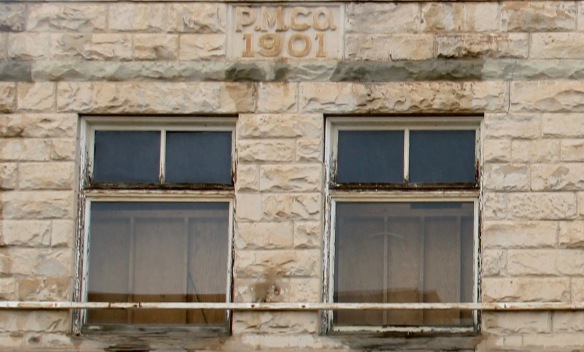
The two-story, cut-stone Power Mercantile Company building in Lewistown is a foundational business for the town, and for central Montana. T. C. Power was a very significant pioneer entrepreneur in Montana, and this stone building, built by Croatian immigrants to Lewistown in 1901, served his mercantile and ranching interests in the area. Standing in the heart of the downtown historic district, across the street from the mammoth classical styled First National Bank, the Power building has served Lewistown in many ways over the last 100 years, but when I visited last in 2013, the Reids department store had closed and the building was up for lease.

This week’s Great Falls Tribune, however, had the exciting news that the American Prairie Reserve, which already had acquired Power’s famous PN Ranch at the confluence of the Judith and Missouri rivers, had purchased the Power Mercantile Company Building to serve as its future National Discovery Center, a downtown visitor center/museum. This adaptive reuse project will spur heritage tourism, recreational tourism, and economic development in Lewistown, linking the town and beautiful landscapes to the north along the Missouri River.

I applaud Lewistown for the vision of having preserved this historic mercantile building until the right time for a new use, and new generations of service to the city. This story, compared to what happened in another Montana city to the west, is yet another demonstration of how Montanans can build new futures from the built environment of their distinguished past.










 Another compelling marker with statuary is that of another young woman rendered in marble, a memorial to James and Catherine Ryan.
Another compelling marker with statuary is that of another young woman rendered in marble, a memorial to James and Catherine Ryan.


